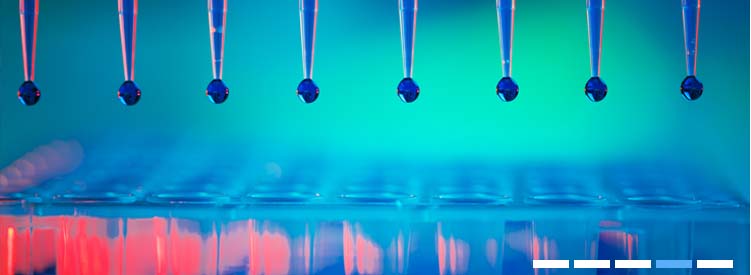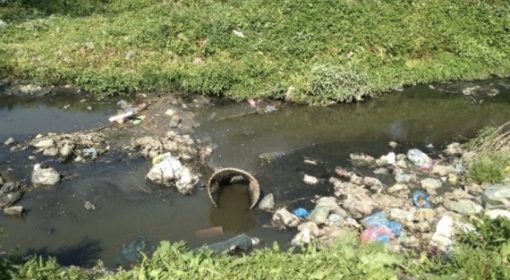by Alan Kahn

With over seven billion people on the planet in need of clean water that is safe for drinking, agriculture and sanitation, our world is rapidly entering into water crises and though advances are being made in water treatment technologies, it is still estimated that by 2025, roughly 50% of the planet’s population will suffer from water shortage.
Just a half a century ago it was widely thought that water was a plentiful resource; indeed it may have been, but as the population has grown the demand for water has grown with it and infrastructures are outdated at best, and non-existent at worst.
Approximately 70% of the word’s water supply is used for agriculture, while only 1% of the total is safe for drinking. Asia faces the most significant water crises, claiming 60% of the world population and yet only 36% of the planet’s water supply.
The uses of water are astoundingly broad and most never consider the amount of water that goes into the processes of our daily lives; in addition to cooking, bathing, drinking and cleaning, water is used in copious amounts to create the things we use. The production of steel, for example, consumes 62,600 gallons of water for one ton of the stuff. Crude oil costs 1851 gallons of water to refine just one barrel. Wool and cotton take 101 gallons for a pound. In fact, just about everything that touches our lives is produced through the use of water.
As the challenges that face the human population’s water supply come more to the forefront of concern, engineers are working on ways for communities and enterprises to manage water, including an increased focus on water treatment technologies such as desalination, reclamation, purification and wastewater recycling, water and environmental research and development, leakage control, advanced irrigation systems, water and pollution analysis, monitoring and measuring, water saving, world wide education and security.
To that end, scientists, engineers, governments and enterprises around the world are joining together to learn more and collaborate in the effort to save our planet from the course of water crises that it is currently on.
The latest technologies in the field of water studies, management and treatment are advancing continually and some show tremendous promise; especially for developing countries that are struggling with the costs.
Membrane Technology
Membrane treatment for sewage has been around for nearly 3 decades, but more recently there has been a significant increase in the volumes of wastewater being treated, as well as the resulting quality of recycled water that is capable of meeting rigorous standards. Membranes sometimes offer a treatment option for the removal of contaminants when other technologies fail. In addition to that, they tend to be more economically viable for water treatment, requiring less space than other methods.
The types of membranes used are bioreactors that are generally microfiltration (MF) or ultrafiltration (UF) membranes, which are immersed in aeration tanks or placed in external pressure-driven units as a replacement for polishing filters. Low-pressure and high-pressure membranes are utilized as either a pressure system or an immersed system. Low-pressure membranes, typically UF or MF membranes, provide a higher degree of removal of suspended solids. UF membranes are also effective for removing viruses. High-pressure membranes utilizing Nano Filtration or reverse osmosis pressure systems are suitable for indirect potable recycling and high purity industrial process water.
Desalination
Desalination can be expensive and energy consumptive, though advancement in reverse osmosis has made the process of removing salt from ocean water more effective for increasing water supplies of clean fresh water for drinking and for industrial use. When newer advances in membrane technology are added to the mix, the process is becoming even more monetarily feasible. Researchers and engineers are also working on running water desalination plants on solar power rather than fuel, thus making the process more affordable for developing countries.
LED technology
Light emitting diodes (LEDs) are also being used for water purification to remove chemicals, debris and biological contaminants by trapping pollutants in filters. The LEDS illuminate the nanotechnology coating on a mesh, through which the water is filtered. The process generates a chemical reaction that causes molecules to break apart and then dissolve in the water. Advances in nanotechnology and renewable energy are also being used to purify water with sunlight.
In an industry that is relatively young, and with a considerably late wake up call to our world’s water situation, there is a good deal of optimism among scientists and engineers as many technological advances are being made for a better future for the planet’s water supply and, in turn, the population.
Water conservation will be one of the topics discussed at the wastewater treatment conference this year in Tel Aviv, Israel.
As a country that has experienced years of water supply shortage, Israel has become internationally recognized for its advancement in water management and the Israeli water market is generally regarded as an epicenter of expertise in the water sector.
Alan Kahn is a sustainability enthusiast and contributing freelance writer for WATEC Israel – Water Management Conference 2013. Alan covers water technology, waste-water management and other topics for Israel’s biggest water technology conference to be held in Tel Aviv on October 22nd 2013.
{jcomments on}
